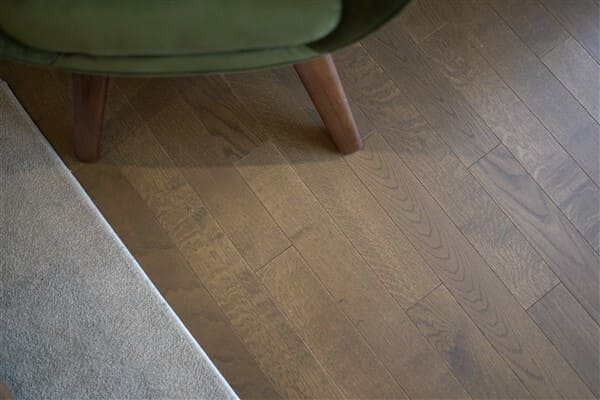Postoje brojni činioci koji utiču na cene parketa, to su:
1. Type of wood from which the parquet is made
2. Classes of wood
3. Dimensions of pieces from which the parquet is made
4. Type of parquet, lam parquet, classic parquet, multi-layer parquet, hardwood parquet.
5. Finishes and levels of parquet finishing
6. Glue and preparation of the subfloor for parquet gluing
1. Type of wood
In general, type of wood significantly affects the parquet price. In our environment/surrounding/nearby countries, according to their value, parquet floors are positioned as follows:
– Walnut
– Oak
– Acacia
– Ash tree
– Cherry
– Beech tree
2. Class of wood
There are several classes in parquet selection:
– E class – characterized by the highest price, used in small parquets. E/S-Standard or I class – there are no knots and sapwood, the color is uniform and the wood texture with tree-rings appears. If you want a parquet where the quality is noticeable at first glance, this class is the right choice.
– S class – slightly lower quality
– N class – uneven color with small nodes.
– R Class – R-Rustic or II class – the characteristic of this class of parquet is the existence of uneven color due to the appearance of sapwood (in case of oak). Also, the so-called “non-cracked” nodes can be found on the board. These characteristics contribute to the parquet looking more natural, which has been an extremely current trend in the world in recent years.
– VS class – out of standard or III is a class of parquet where there is greater unevenness in color. The so-called “cracked nodes” also appear, but they are filled during the parquet installation, so that the impression of “real” wood is obtained.
3. Dimensions of pieces from which the parquet is made.
There is a very simple rule here, the larger the dimension, the higher the price, both in width and length of individual pieces (strips).
4. Type of Parquet
The classification of parquet prices in this segment from the cheapest to the most expensive is the following:
– Lam parquet
– Multi-layer parquet (three strips)
– Classic parquet
– Multi-layer parquet (one strip)
– Hardwood parquet
5. Finishes
This is a very wide segment in which there can be a big difference in the final price of the finished parquet.
Lacquering is a traditional finishing system in the Balkans, which is done by hand on site. It is performed with a brush or a roller in several layers, most often 3. With lacquering, there is a big difference in the quality of the varnish, which also affects the price of the parquet. Today, lacquered parquet, already finished in the factory, is being used more and more, especially in Europe.
Oil, Oil in combination with wax and other finishing repairs are something new for the Serbian market, and in Europe they are primary in the finishing of wooden floors.
In addition to the two basic finishes, with oil and lacquer, there are other ways to finish the wood intended for floor coverings, such as smoking, heat treatment at high temperatures or thermotreating, patination, scratching the wood structure, machine hammering, shading. Mostly all these techniques are considered to be the finish, handmade, processing and represent additional processing that affects the final price.
6. Adhesive and preparation
In this segment, especially for adhesives, there are big price differences.
The choice of adhesive is influenced by the type of wood, the type of parquet, the finish and the size of the piece of parquet to be glued, the type of subfloor, and the atmospheric conditions on the area and during the period of exploitation.
Parquet adhesives are divided into:
– Dispersion
– Alcoholic
– Polyurethane epoxy
– Pure polyurethanes
– Highly elastic adhesives
More about the preparation of the subfloor in the topic “Preparation of the subfloor – conditions that the subfloor must meet”








